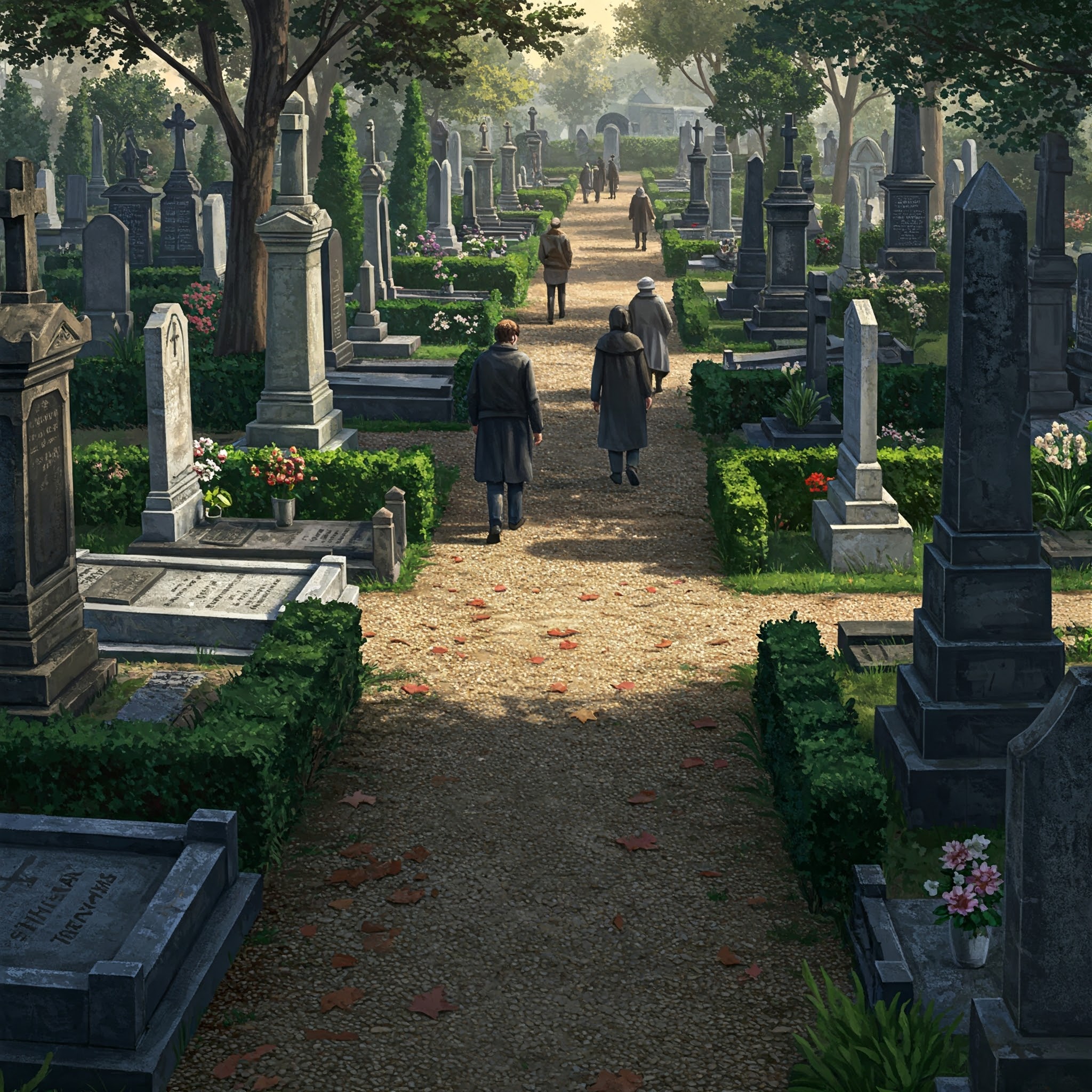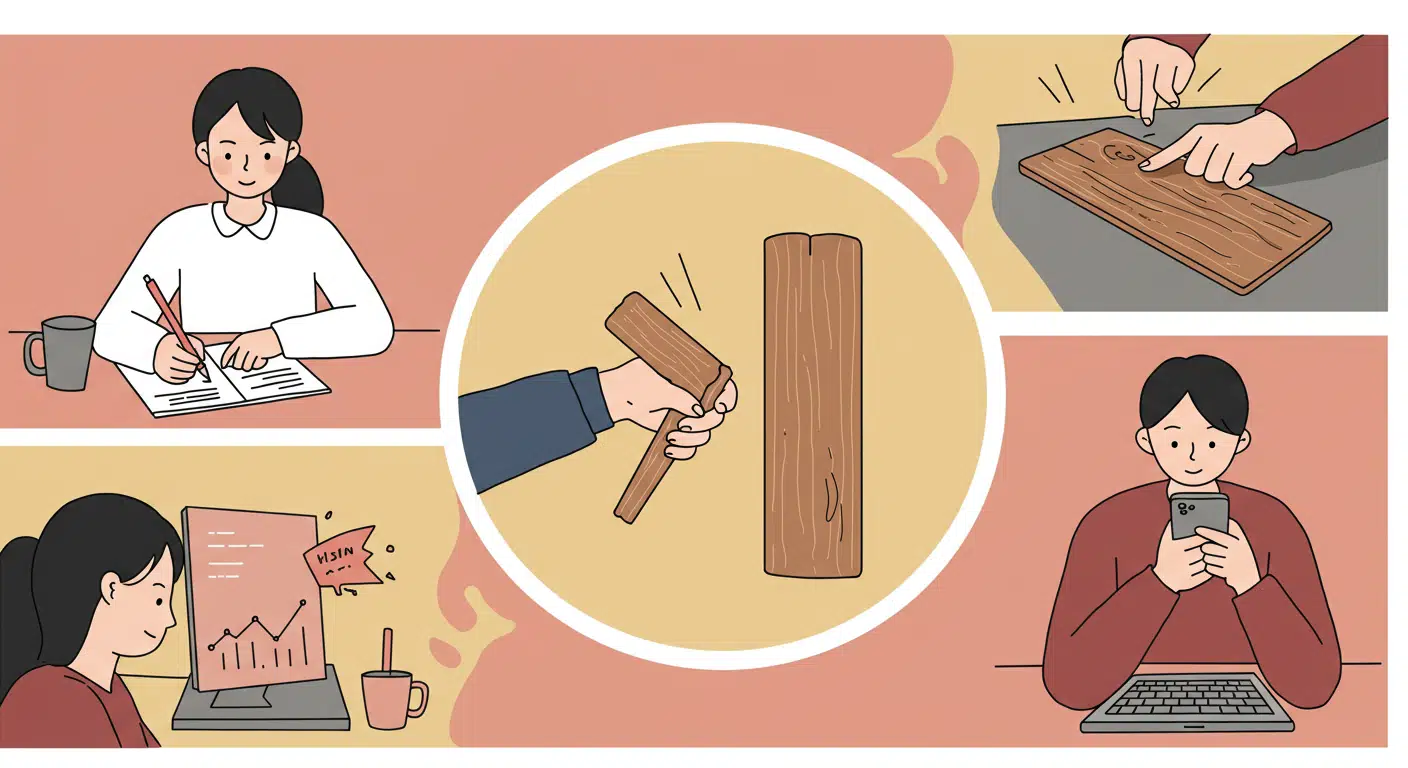According to widespread belief across multiple cultural traditions, walking directly on top of or across a grave site—particularly stepping over the area where the deceased’s body rests—creates serious spiritual risk for both the living trespasser and the buried dead. This spatial violation supposedly causes various supernatural consequences: the deceased may become restless; the trespasser might attract death energy or illness; or the grave occupant might “follow” the person home. Some traditions specify that accidental grave-walking requires immediate remedial actions including apologizing aloud to the deceased, performing specific reversal movements, or carrying protective objects during subsequent cemetery visits.

A baby’s future career or fate is predicted by the first object they select during a ceremonial setup.
In several Asian and Eastern European cultures, a traditional ceremony is held for babies usually around their first birthday. Known


